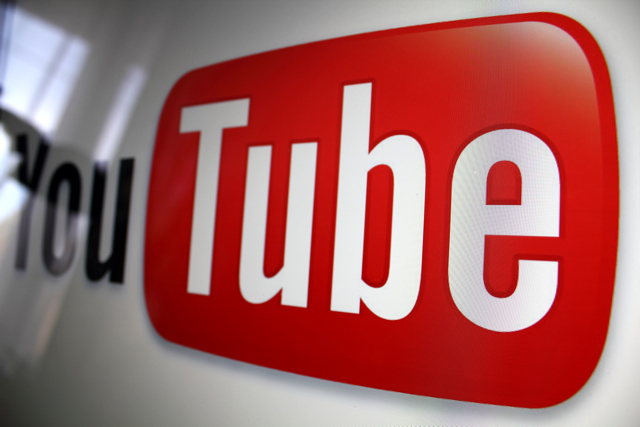Google Removes YouTube From Amazon Fire TV, Echo Show
December 7, 2017
Google is pulling YouTube from Amazon’s smart speaker Echo Show, saying it is doing so because Amazon won’t sell Google products including its Home speaker, Chromecast streaming device and some Alphabet Nest products. Google also states that Amazon won’t make its Prime Video shows available for Chromecast. The move escalates an ongoing battle between the two behemoths whose business interests now overlap. In addition to Echo Show, Google plans to block YouTube on Amazon Fire TV’s media streaming device beginning January 1.
The Wall Street Journal quotes a Google spokeswoman saying that, “given this lack of reciprocity, we are no longer supporting YouTube on Echo Show and Fire TV.” Both companies say they want to resolve the issue quickly. It began when Google pulled YouTube from Echo Show in September because “Amazon’s implementation of YouTube violated its policies by barring users from logging in or commenting.”
Just before Black Friday, says a source, Amazon “worked around [Google’s] move to block access to its YouTube voice-controlled app by sending users to YouTube’s website, an approach that also violates YouTube’s policies.” Amazon apparently made a similar “unauthorized way to access YouTube via its Fire TV device.”
A source also reveals that, although Google has tried to negotiate with Amazon on selling Chromecast and Google Home, the latter has “told Google bluntly it won’t sell them.” Amazon also will not sell Apple’s TV streaming device. Moor Insights & Strategy head Patrick Moorhead said Google shutting off YouTube is a negotiation strategy. “This is classic tech-giant sparring,” he said. “For consumers, it’s not good.”
In a related story, The New York Times reports that YouTube is “hiring more humans to teach machines how to think like humans.” YouTube chief executive Susan Wojcicki said that it will “add thousands of human reviewers to remove videos that violated its guidelines while teaching computers how to spot troublesome videos.”
By 2018, YouTube “plans to have 10,000 people dedicated to reviewing videos” but “would not to say how many workers it has doing that job now.” Last week, YouTube removed “more than 150,000 videos featuring children and disabled comments for more than 625,000 videos” as well as kicking “several hundred YouTube users” off the platform for making “predatory comments on videos featuring minors.”
“I’ve also seen up-close that there can be another, more troubling, side of YouTube’s openness,” said Wojcicki. “I’ve seen how some bad actors are exploiting our openness to mislead, manipulate, harass or even harm.”
YouTube finds it difficult to manage its content, since “more than 400 hours of videos are uploaded to YouTube every minute.” For that reason, it believes machine learning is the answer, pointing to its successful use in flagging 150,000 “videos for violent extremism.” With regard to advertising, the company also “plans to consider which channels and videos are eligible for advertising, applying stricter criteria with more human curation and oversight.”


No Comments Yet
You can be the first to comment!
Sorry, comments for this entry are closed at this time.